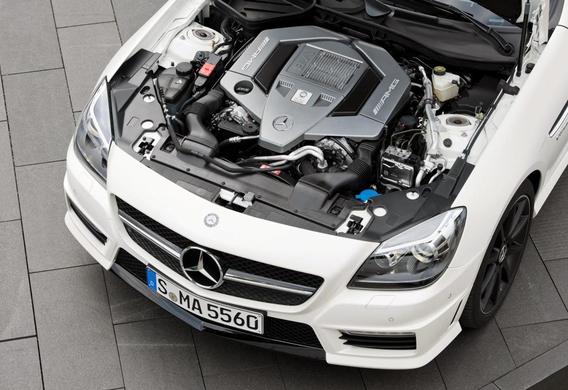
In 1885, German engineer Karl Benz assembled the first car equipped with an internal combustion engine (IVS). Since then engineers have continuously improved the dynamic characteristics of the engines. The words "engine capacity" are known to all, but not everyone knows what this parameter is.

What is engine capacity in reality?
Speaking of the volume of the engine, we mean the physical volume of the combustion chamber. In the motor vehicle, several cylinders shall be considered when the total engine capacity is calculated. Most of the time, modern vehicles are equipped with a four-cylinder engine. Assume that each cylinder has a capacity of 399 cm³. With this number four times, we get a total value of 1596 cm³. If one per unit of measurement is accepted in Russia and rounded up to the nearest whole value (in tenths of a liter), we will get a volume of 1.6 litres.
The use of turbocharging enabled producers not to "chase" the physical increase of combustion chamber. For example, the volume of Skyline GT-R R34 of all 2.6 litres at more than 300 hp.
The volume of the combustion chamber, also known as "working volume", is the product of the cross-section of the cylinder on the length of the working stroke of the piston (from the lower to the upper dead point).
Motor vehicle classification
As a rule, there are more and less powerful cars in the range of each producer, which differ in size and weight. Small cars, such as Daewoo Matiz, do not set up large engines, as it is quite sufficient for this small and light motor to achieve a decent dynamic performance with a working volume of 1.0. Accordingly, Daewoo Matiz is a micronutriable car class, and the BMW X5 heavy crossover with the engine capacity (in one of the modifications) is 4.6 litres to large. Between these extremes are small and medium-limit vehicles. Incidentally, in some cases, there is no direct dependence of the working volume with its dimensions and weight. A good example is sports cars and supercars. The size of the Lamborghini Gallardo is 5 liters at a mass of 1.5 tonnes.
A recently published list of cars caught under the "luxury tax" does not meet the engine capacity below three litres
Other parameters of the car depend on the volume of the engine. First of all, power. The more fuel the engine cylinder cycles burn, the more energy is available. The speed of the vehicle and its maximum speed of movement are directly related to the power of the engine. We should not forget the existence of the inverse dependence: the larger the volume, the higher the fuel consumption.
Can the engine volume be increased?
This question is often asked by the owners of vehicles that have been given the purpose of increasing capacity. There is such a possibility, but it will not be possible to significantly increase the volume. The volume is increased by the major overhaul of the engine, since for the purpose of restoring the shape of the cylinders, they have to be kept on a special machine (unless, of course, the shell is used in it). Cylinders are slowly but steadily moving from constant friction, resulting in an increase in the volume of combustion chamber, and it only helps to restore the broken geometry and adjust the difference between the different cylinders.
In Japan, kei car class with engine capacity up to 660 cubic meters free from road tax
The capacity to increase is limited by the fact that manufacturers believe that capital repairs are justified only three times, after which the engine needs to be recycled. After the waste of the block, each time it is necessary to buy new pistons of larger diameter, which are called "repair". The repair pistons are only three.In this regard, the replacement of the engine on the same, but having a large volume initially, is a much more promising exercise in terms of increasing capacity.
Pros and cons of vehicles with large engine capacity
Depending on the size of the engine, not only dynamic characteristics change, but also the price per car. As a general rule, a 1.4 litre motor vehicle is worth 100-150,000 cheaper than a modification with the maximum engine size possible for this model. This does not mean that the engine with the increased pistons is much more expensive. First, with a significant increase in the speed of acceleration and the maximum speed for safety on the same model, the parts of the suspension and the brake system with the improved performance "are worth the money" are installed. Second, as part of the prevailing market trends, the manufacturer typically makes the most powerful modification of the "rich", with all possible options. We should not forget about the image of the image-owning a "charged" version is always prestigious and has to pay for it.
According to the tax laws of a number of countries, the increase in the car tax is due to the increase in the working volume of the engine. In Russia, a different scale is adopted-the amount of the road tax depends on the power in the horsepower, although in general this parameter is quite closely connected to the volume of the engine.







